Mid-Century Modern Design: A Beginner’s Guide
Are you captivated by the sleek lines and organic forms of mid-century modern furniture and design? If so, you’ve come to the right place! At cartlab.web.id, we’re passionate about helping you create the home of your dreams, and understanding design styles is a crucial first step. This comprehensive guide will delve into the essence of mid-century modern design, exploring its history, key characteristics, and how you can incorporate it into your own living space. Whether you’re a seasoned design enthusiast or just beginning your interior design journey, this guide will provide you with the knowledge and inspiration you need.
Mid-century modern design, often abbreviated as MCM, represents a distinct aesthetic that emerged in the mid-20th century, roughly spanning from the late 1930s to the mid-1960s. It’s characterized by its rejection of overly ornate styles of the past, embracing instead a clean, functional, and optimistic approach to design. This period saw a surge in post-war prosperity, leading to a greater emphasis on affordability and mass production, making this style accessible to a wider audience than ever before.
This accessibility, combined with its timeless elegance and enduring appeal, continues to make mid-century modern design a popular choice for homeowners today. It’s a style that effortlessly blends functionality with beauty, creating spaces that are both stylish and comfortable. This guide will equip you with the tools to understand and appreciate this iconic design movement, enabling you to successfully incorporate its principles into your own home.

Understanding the Roots of Mid-Century Modern

The origins of mid-century modern design are multifaceted, drawing inspiration from several influential movements. The Bauhaus school in Germany, with its emphasis on functionality and simple forms, played a significant role. Similarly, the Arts & Crafts movement, with its focus on handcrafted quality and natural materials, also contributed to the development of this style. These influences combined with post-war optimism and technological advancements to create a unique and enduring aesthetic.
Several key figures shaped the landscape of mid-century modern design. Designers like Charles and Ray Eames, known for their innovative molded plywood furniture and iconic Eames chairs, are synonymous with the style. Other prominent figures include Eero Saarinen, known for his elegant Tulip chair and iconic TWA terminal design, and Arne Jacobsen, whose Egg chair remains a design classic. These designers prioritized functionality, ergonomics, and innovative materials, resulting in furniture and architecture that was both beautiful and practical.
The post-war economic boom made mass production possible, making mid-century modern designs more accessible to the average consumer. This democratization of design was a key factor in its widespread adoption and enduring popularity. The style’s emphasis on clean lines, simple forms, and functionality resonated with a society looking to embrace modernity and progress.
Key Characteristics of Mid-Century Modern Design
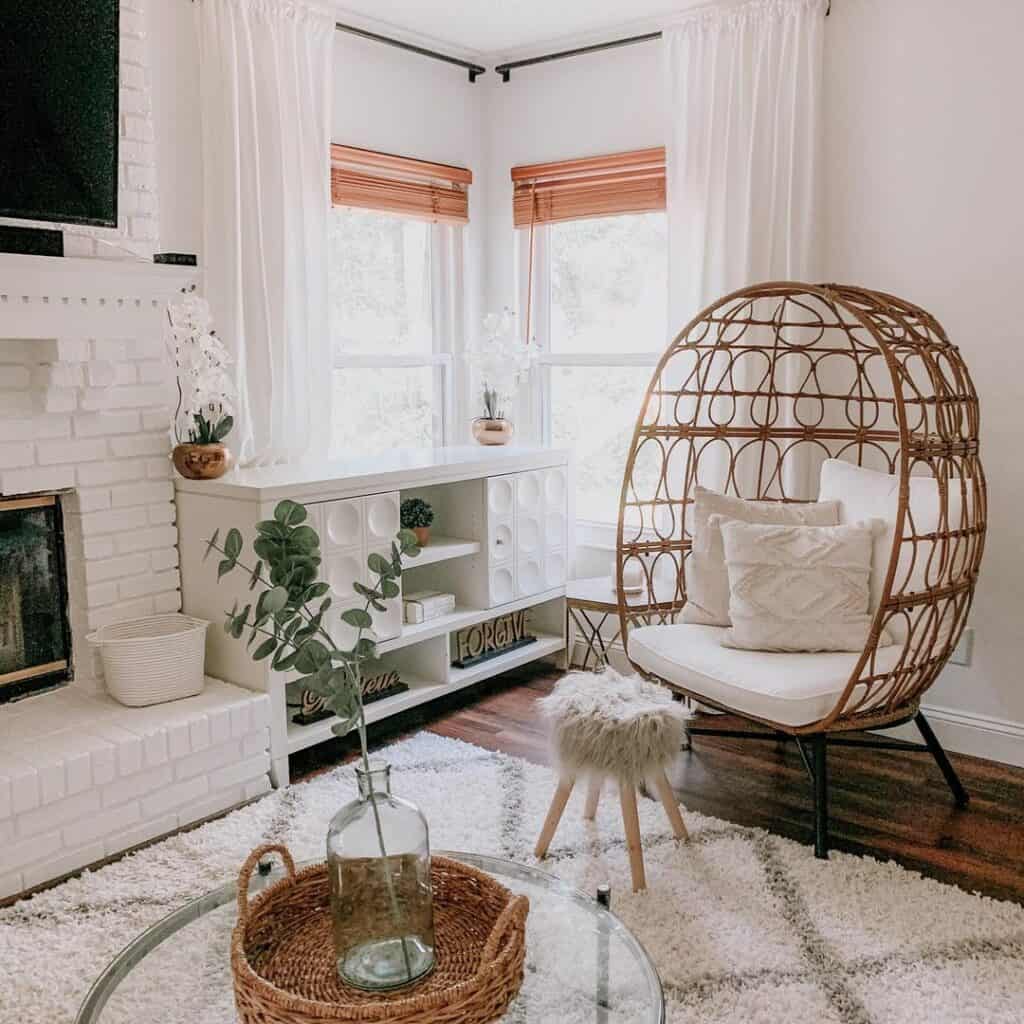
Identifying mid-century modern design often comes down to recognizing several key characteristics. These elements work together to create the distinctive aesthetic:
- Clean Lines and Simple Forms: Avoidance of ornamentation and embellishment is a hallmark of the style. Furniture pieces typically feature straight lines, geometric shapes, and a lack of excessive detail.
- Organic Shapes: While clean lines are prevalent, many pieces also incorporate organic curves and flowing forms, creating a balance between structure and fluidity.
- Tapered Legs: A common feature of mid-century modern furniture is the use of tapered legs, often made of wood, adding a sense of lightness and elegance.
- Natural Materials: Wood, especially teak, walnut, and rosewood, is frequently used, often paired with materials like leather, wool, and cotton.
- Functionality and Ergonomics: Mid-century modern design emphasizes functionality and user comfort. Furniture is designed to be practical and easy to use.
Color Palettes and Materials in Mid-Century Modern

The color palettes of mid-century modern design are generally muted and understated, reflecting the era’s emphasis on simplicity and functionality. Natural tones such as browns, greens, and creams are frequently used, often complemented by pops of brighter colors like mustard yellow, turquoise, or burnt orange. These accents add visual interest without overwhelming the overall aesthetic.
Materials play a crucial role in defining the style. As mentioned, wood is a dominant material, particularly hardwoods like teak and walnut. These woods provide both durability and a warm, natural feel. Other common materials include:
- Leather: Used extensively in upholstery, leather adds a touch of luxury and durability.
- Wool: A popular choice for upholstery and rugs, wool provides texture and warmth.
- Cotton: Often used for upholstery and curtains, cotton offers a lighter and more breathable option.
- Metal: Chrome and brass are frequently used for accents, adding a touch of shine and modernity.
Incorporating Mid-Century Modern into Your Home
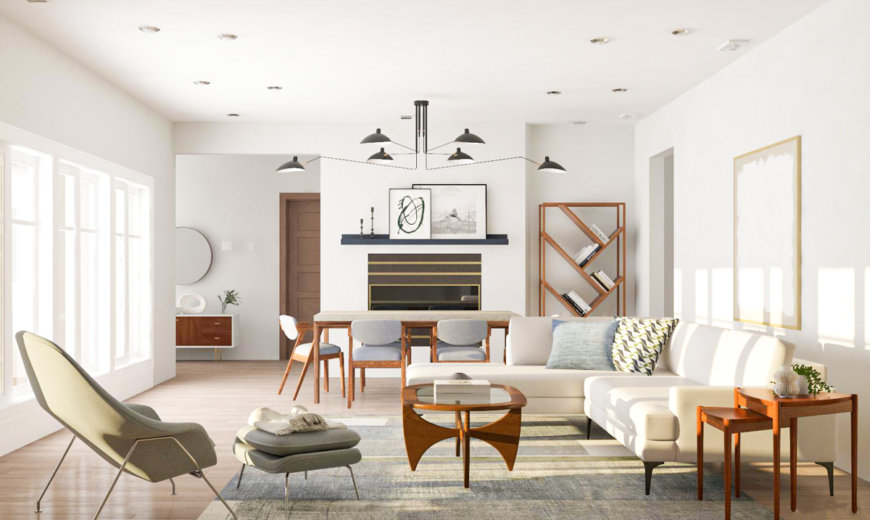
Bringing the elegance of mid-century modern design into your home doesn’t require a complete overhaul. You can seamlessly incorporate elements of this style by focusing on key pieces and details. Start by selecting a few statement pieces of furniture, such as a classic Eames chair or a sleek sofa with tapered legs. Consider investing in a stylish coffee table made of wood and metal, or a unique lighting fixture that complements the overall aesthetic.
When it comes to lighting, proper interior lighting design is key. A well-lit space can significantly enhance the ambiance of your mid-century modern home. You can find some great inspiration and guidance in our comprehensive guide to interior lighting design: A Complete Guide [cartlab.web.id/interior-lighting-design-a-complete-guide]. Remember to consider the impact of lighting on the overall mood and functionality of your space. Don’t forget the importance of outdoor lighting design to extend the aesthetic beyond the interior. You can find more information in our guide on outdoor lighting design: Den komplette guide [cartlab.web.id/outdoor-lighting-design-den-komplette-guide].
Think about incorporating artwork and accessories that complement the style. Abstract art, graphic prints, and vintage posters can add personality and visual interest. Rugs with geometric patterns or natural fibers can also contribute to the overall aesthetic. Consider updating your window treatments with simple, clean curtains or blinds to complete the look. Remember, the goal is to create a balanced and harmonious space that reflects the core principles of mid-century modern design. For more inspiration on creating a stylish living space, check out our article on Living Room Interior Design: Trends and Inspiration [cartlab.web.id/living-room-interior-design-trends-and-inspiration].
Maintaining and Preserving Mid-Century Modern Furniture

Owning mid-century modern furniture is a rewarding experience, but it requires proper care and maintenance to preserve its beauty and longevity. Wood furniture should be regularly dusted and polished using appropriate cleaning products to prevent damage and maintain its shine. Leather upholstery should be cleaned and conditioned periodically to prevent cracking and maintain its suppleness. Regular vacuuming of upholstered pieces will help to remove dirt and dust, extending their lifespan. For more delicate pieces, consider professional cleaning services to ensure they are handled with care. With proper care, your mid-century modern furniture will remain a cherished part of your home for years to come.
Conclusion
This guide has provided a comprehensive overview of mid-century modern design, from its historical roots to its key characteristics and practical applications. By understanding its core principles, you can successfully incorporate this timeless style into your own home, creating a space that is both stylish and comfortable. For a more detailed exploration of the topic, visit our dedicated page: Mid-Century Modern Design: A Beginners Guide. Remember to explore the resources mentioned above for additional design inspiration and guidance. Enjoy the journey of creating your perfect mid-century modern space!
(External Authority Links - These would need to be replaced with actual, relevant links)
- [Link to an article on the Bauhaus movement from a reputable design history website]
- [Link to an article on Charles and Ray Eames from a reputable design magazine]
- [Link to a reputable resource on wood care and furniture maintenance]

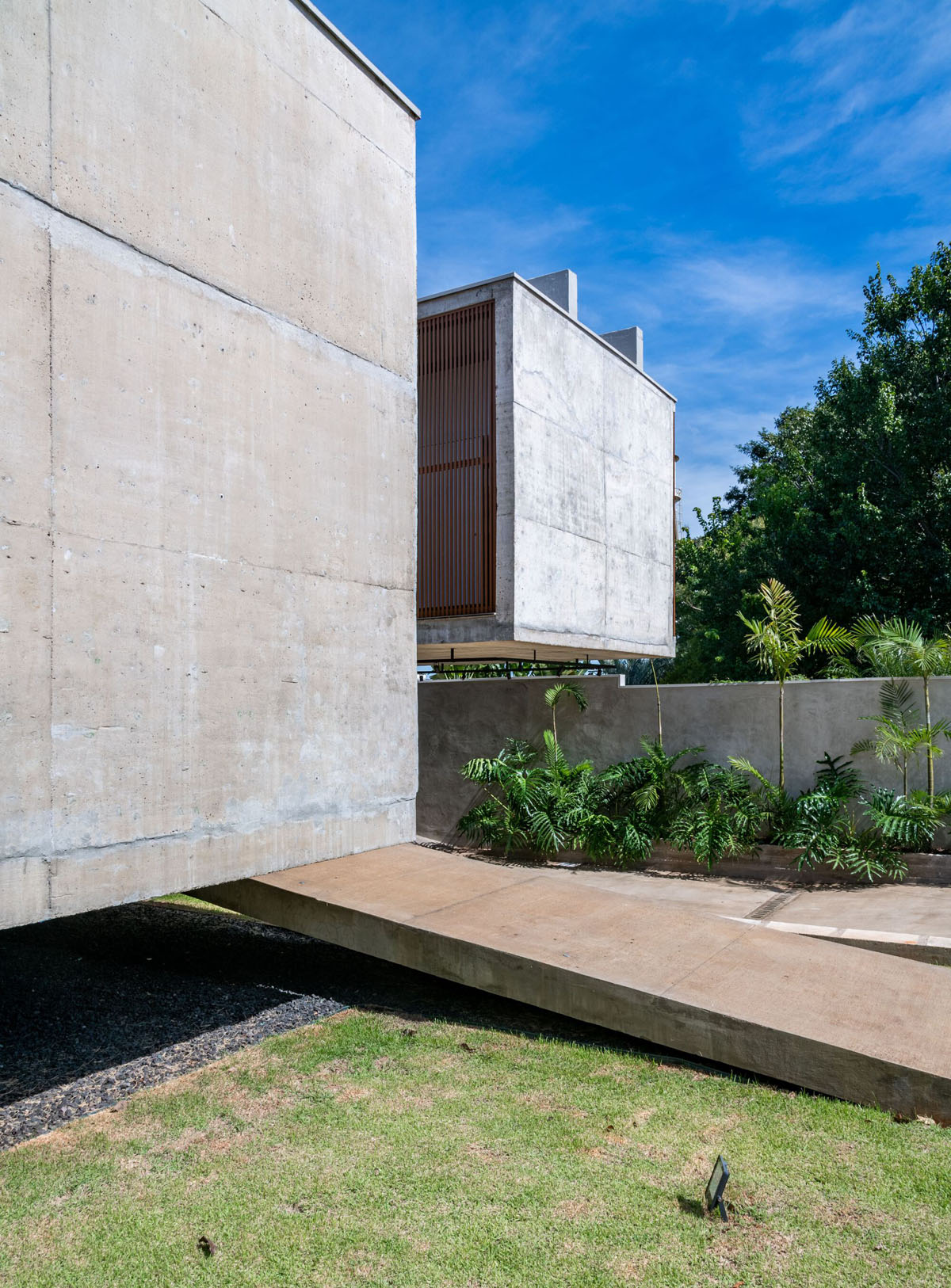

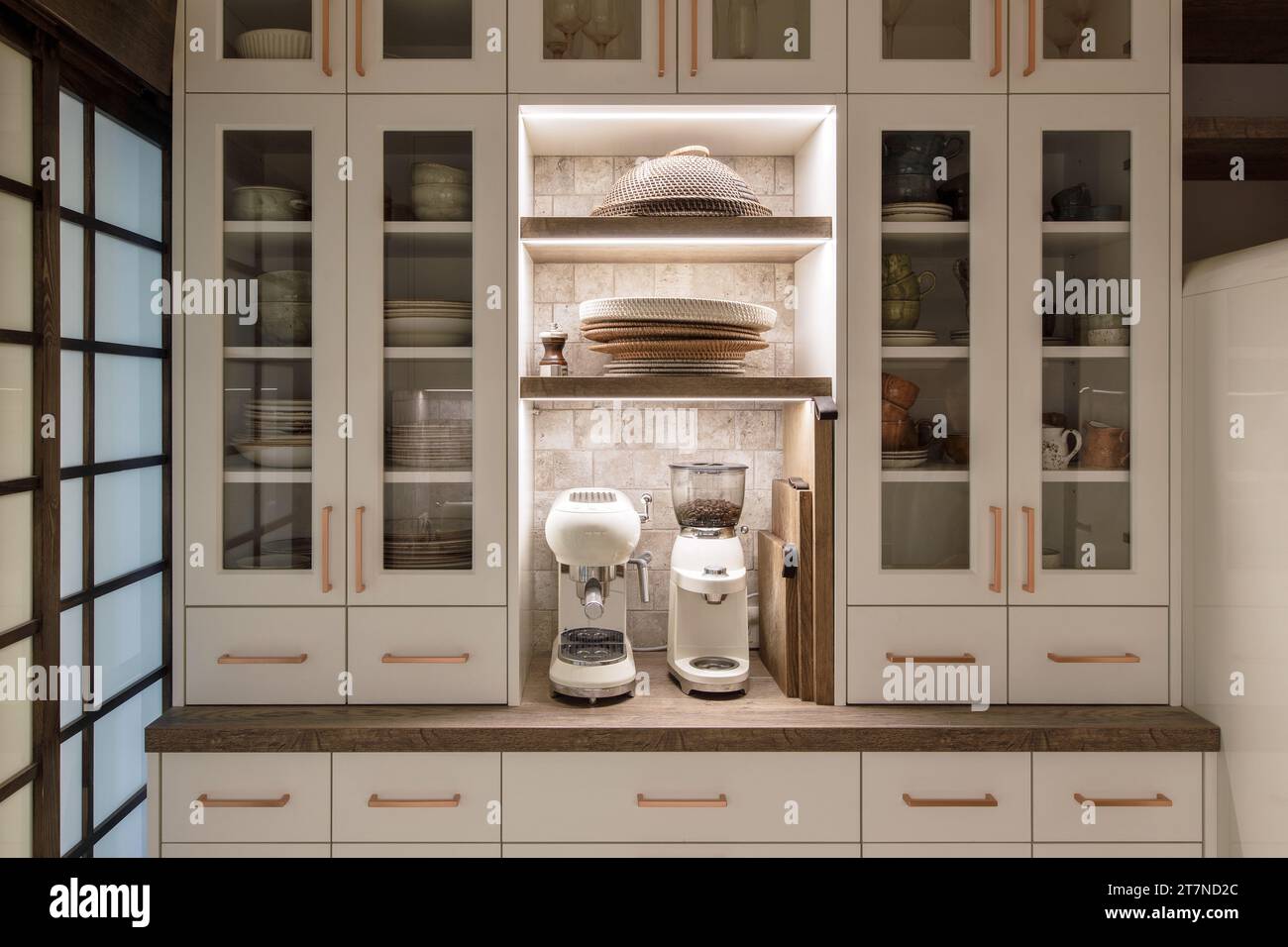

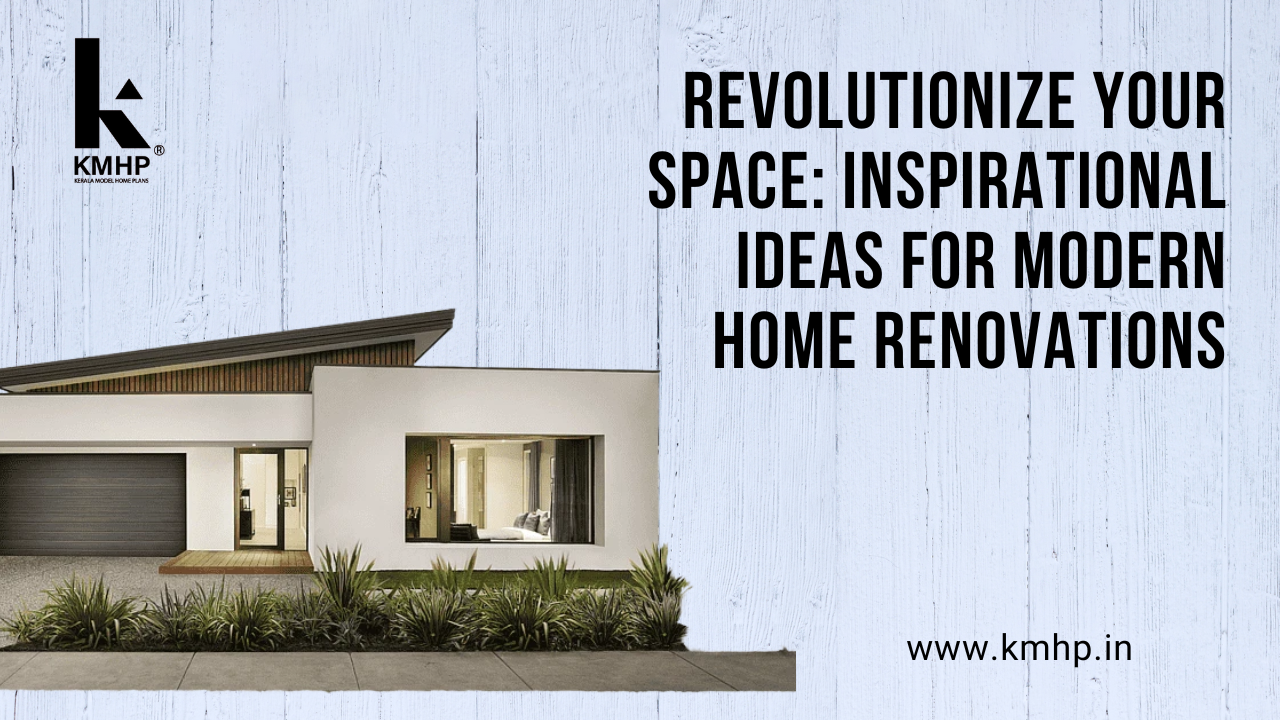


Comments